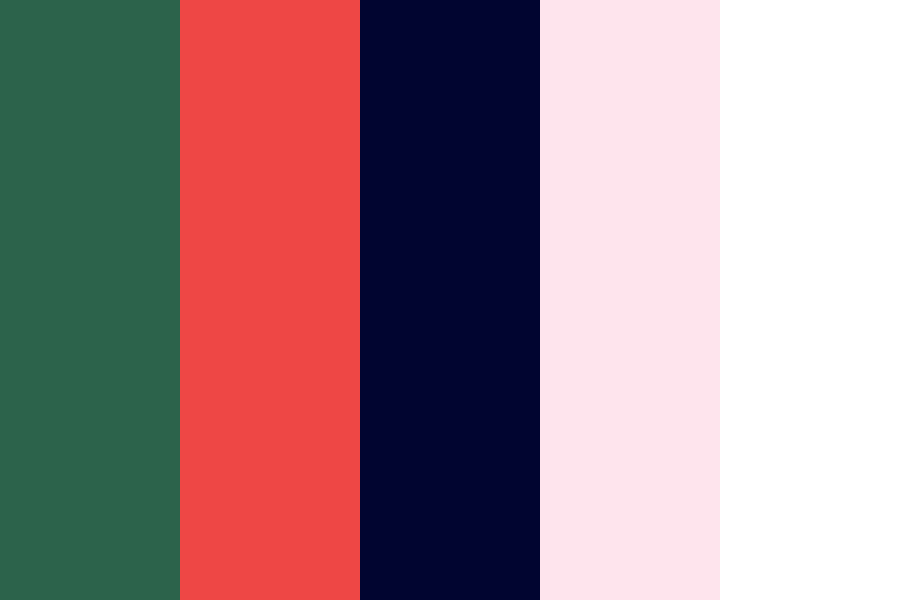
Where photo-realism was desired, these early computer systems had a heavy reliance on dithering to make up for the limits of the technology. Such a palette requires only one bit per pixel.

Monochrome graphics displays typically have a black background with a white or light gray image, though green and amber monochrome monitors were also common. The general rule is that those palettes have 2 n different shades of gray, where n is the number of bits needed to represent a single pixel. These palettes only have some shades of gray, from black to white (considered the darkest and lightest "grays", respectively).


COLOR PALETTE FROM IMAGE 1.5 FULL
and might be slightly different.įor simulated images and specific hardware and alternate methods to produce colors other than RGB (ex: composite), see the List of 8-bit computer hardware palettes, the List of 16-bit computer hardware palettes and the List of video game console palettes.įor various software arrangements and sorts of colors, including other possible full RGB arrangements within 8-bit color depth displays, see the List of software palettes. Also, the actual displayed colors are subject to the output format used - PAL or NTSC, composite or component video, etc. Therefore, the number of colors that can be simultaneously displayed in a given text or graphic mode might be different. Implementation of these formats is specific to each machine. These images are not necessarily representative of how the image would be displayed on the original graphics hardware, as the hardware may have additional limitations regarding the maximum display resolution, pixel aspect ratio and color placement. These elements illustrate the color depth and distribution of the colors of any given palette, and the sample image indicates how the color selection of such palettes could represent real-life images. Gradients of RGB intermediate colors (orange, lime green, sea green, sky blue, violet, and fuchsia), and a full hue spectrum are also present. The test chart shows the full 256 levels of the red, green, and blue (RGB) primary colors and cyan, magenta, and yellow complementary colors, along with a full 256-level grayscale.

Huge palettes are given directly in one-color-per-pixel color patches.įor each unique palette, an image color test chart and sample image ( truecolor original follows) rendered with that palette (without dithering) are given. When the number of colors is low, a 1-pixel-size version of the palette appears below it, for easily comparing relative palette sizes.
COLOR PALETTE FROM IMAGE 1.5 SERIES
RGB is the most common method to produce colors for displays so these complete RGB color repertoires have every possible combination of R-G-B triplets within any given maximum number of levels per component.Įach palette is represented by a series of color patches. This list of monochrome and RGB palettes includes generic repertoires of colors ( color palettes) to produce black-and-white and RGB color pictures by a computer's display hardware. ( Learn how and when to remove this template message) ( April 2019) ( Learn how and when to remove this template message) Please help to improve this article by introducing more precise citations. This article includes a list of general references, but it lacks sufficient corresponding inline citations.


 0 kommentar(er)
0 kommentar(er)
